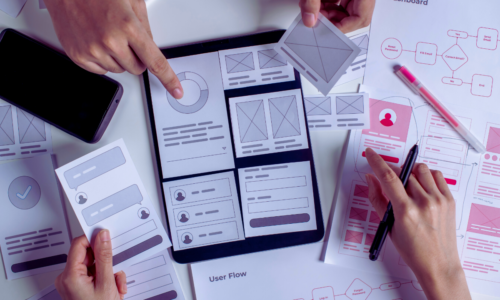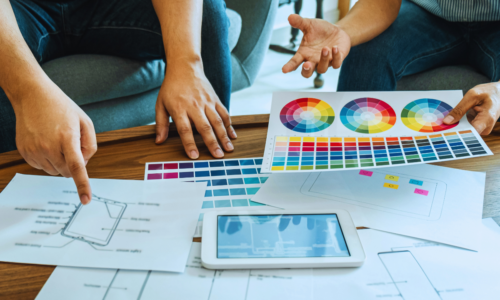
How to optimize images to improve web performance
Optimizing images is an essential step to improve your website’s performance. Large images can slow down page load times, which impacts user experience and search engine rankings. By compressing images and choosing the right format, such as JPEG or WebP, you can reduce file size without sacrificing quality. Additionally, resizing images to specific page dimensions is one way to optimize loading time.
Using lazy loading is another strategy that helps load images only when the user sees them on the screen. This improves the initial loading speed and ensures a faster and smoother browsing experience. Additionally, it is essential to add alternative text to images, which not only helps accessibility but can also improve your page’s SEO by allowing search engines to better understand the visual content.
Image optimization not only improves website performance, but it also has a direct impact on SEO, as search engines like Google favor fast sites. A website that loads quickly is more likely to keep users engaged and improve conversion rates. With the right strategy, you can achieve a more efficient and attractive page .





